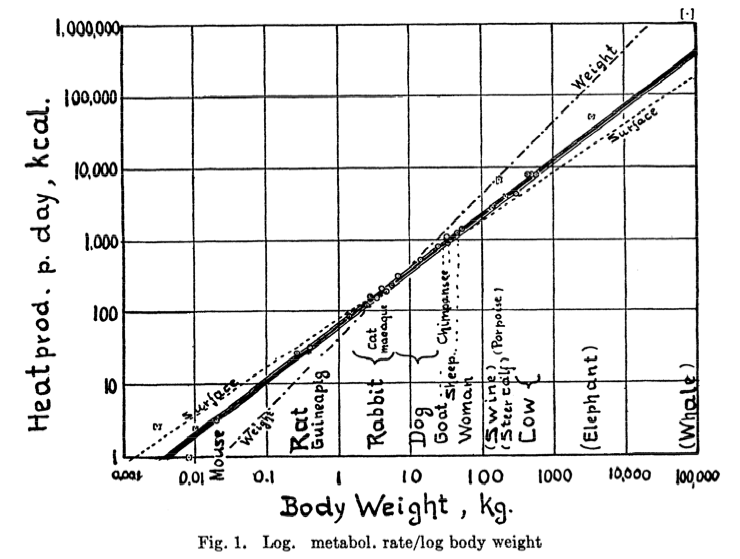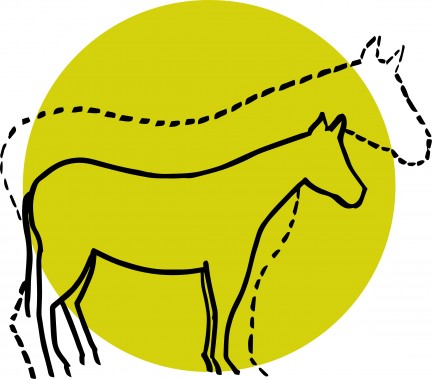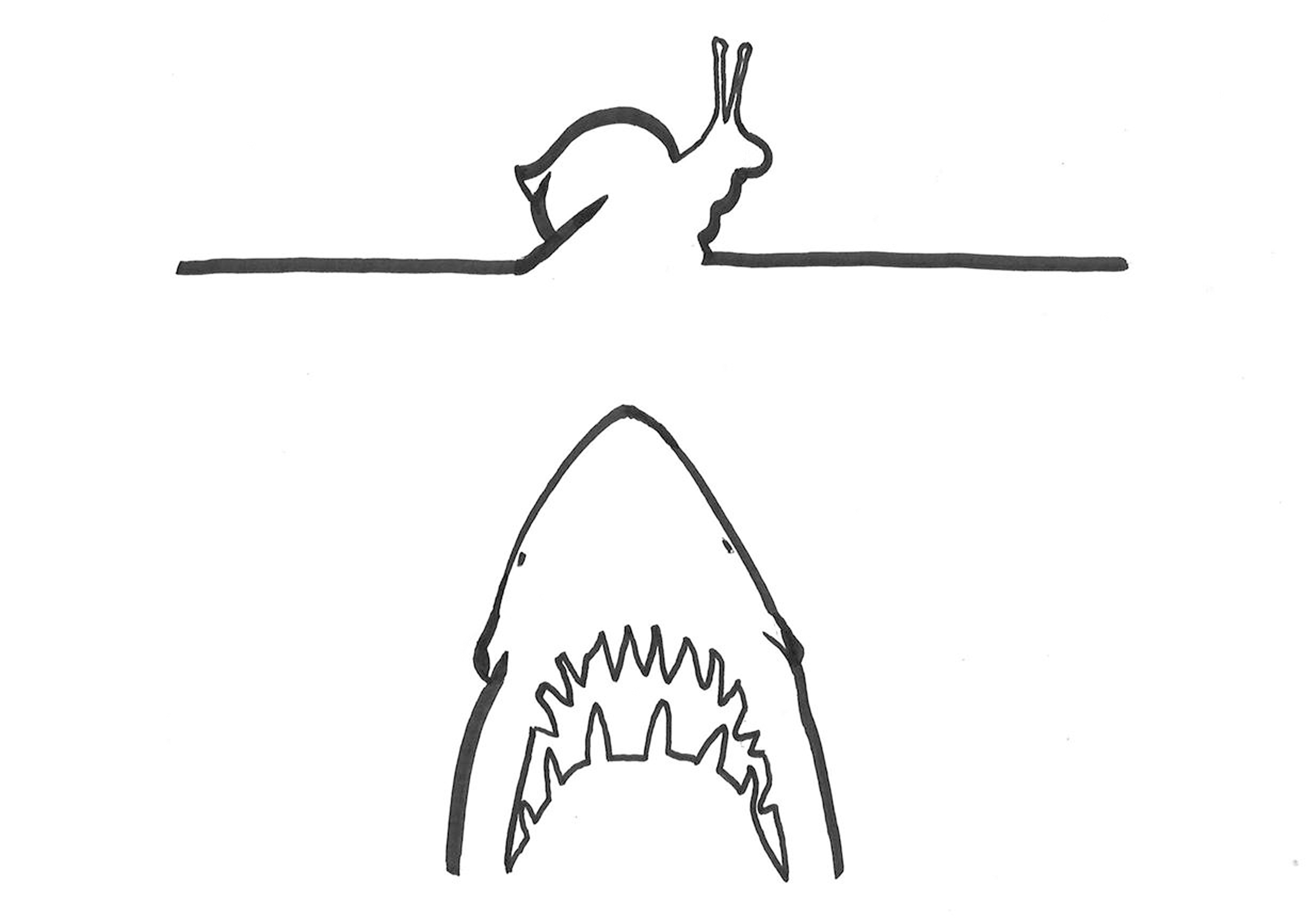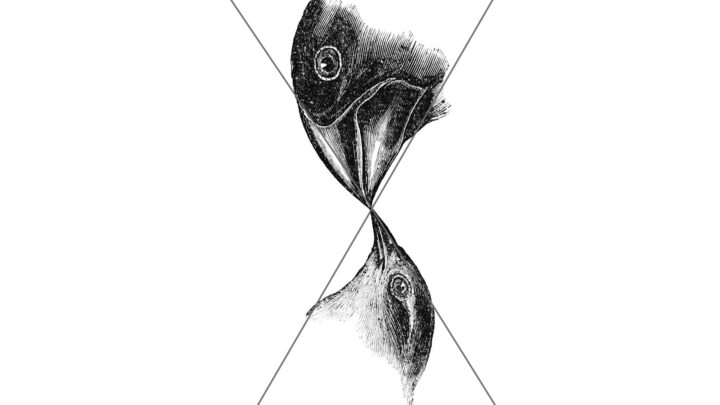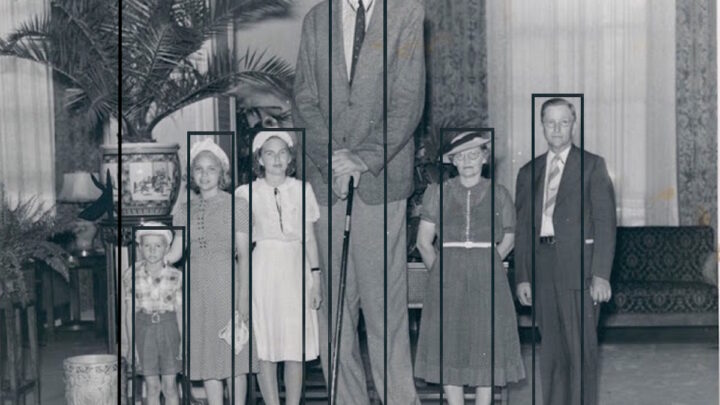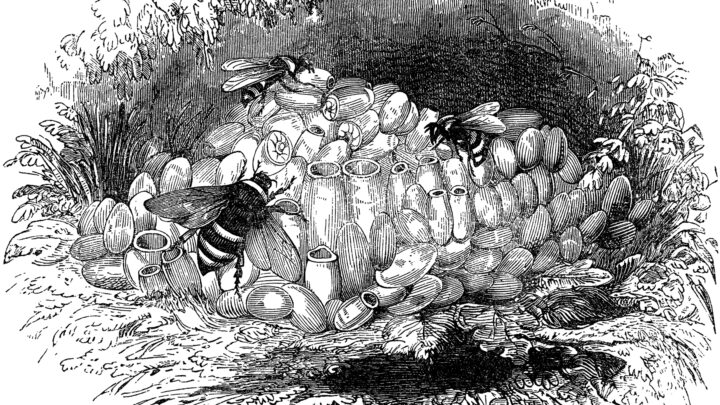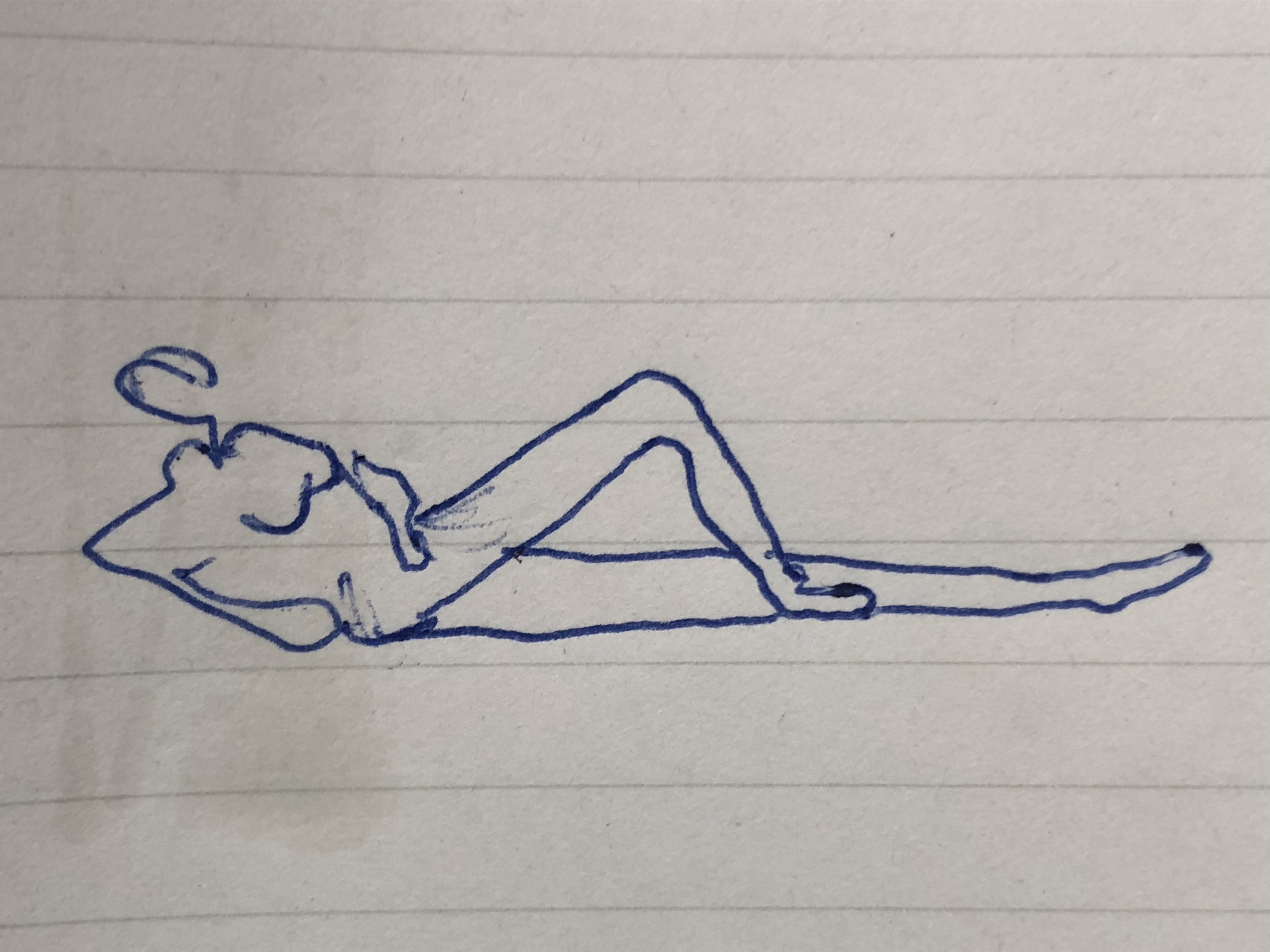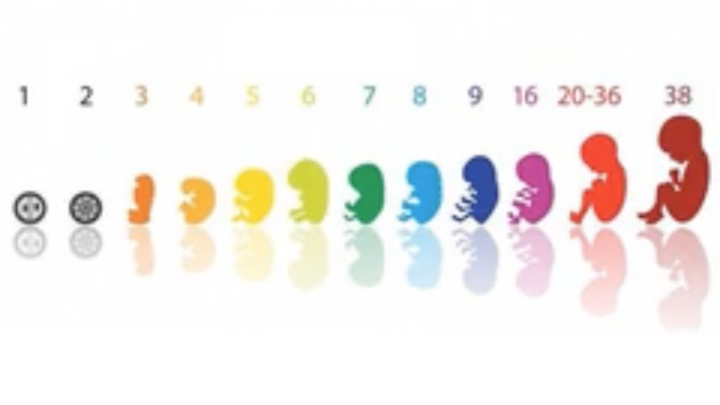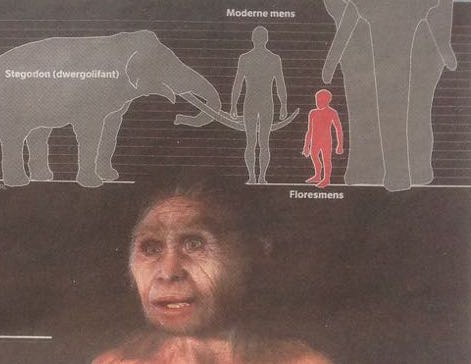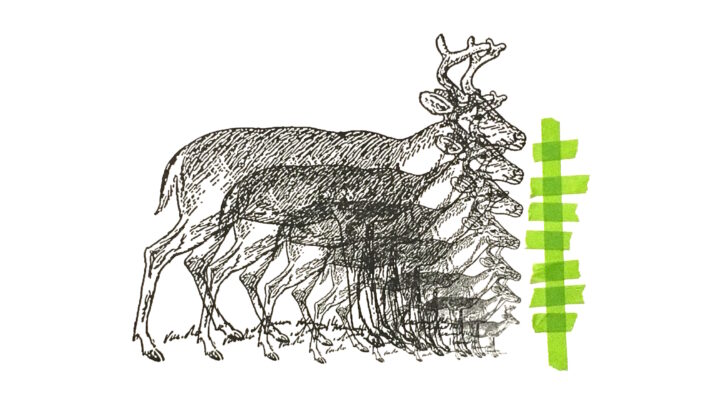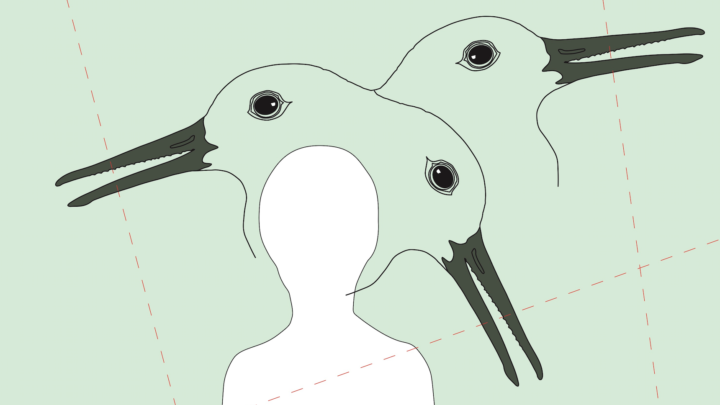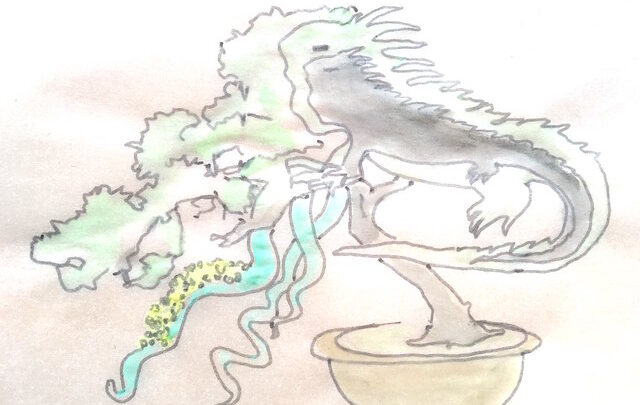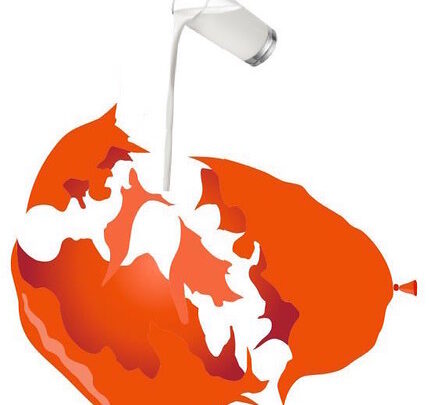Hyperthermal Shrinking
August 28, 2017Fear of the Vegetarian
April 13, 2017Brian Langerhans and Thomas deWitt of the department of Wildlife and Fisheries Sciences at Texas A&M University examined the specificity with which freshwater snails use environmental cues to induce defensive phenotypes such as shrinking. In one environment they introduced a species of sunfish that eats snails, In the…
Darwin’s Finches
March 10, 2017Shrinking Superheroes
February 9, 2017Shrinking Violet (Salu Digby): Violet is from the planet Imsk. Originally, she could only shrink down to subatomic sizes, if necessary. Later she is able to grow to giant sizes as well. The Atom (Ray Palmer): Dr. Raymond Palmer is a physicist and professor specializing in matter compression as a means…
Degrowth: Down to the Kohr
January 31, 2017Leopold Kohr was an economist and political scientist known for his opposition to the “cult of bigness” in social organisation and the inspiration for Fritz Schumacher’s iconic publication Small is beautiful and the Degrowth movement. Here are two quotes from his 1951 book The Breakdown of Nations. On…
Wadlow’s Curve
January 20, 2017KancerCel: Dialogues n Malignant Growth
November 23, 2016The Incredible Shrinking Man is interested in the relationship between cancer and our society’s obsession with growth. To connect the desire for less with the necessity to overcome our desire for more Arne Hendriks is developing KankerCel (CancerCell). KankerCel merges the languages of cancer research and…
Abundance Fantasies: The Lady in the Tutti Frutti Hat
November 20, 2016Perhaps no Hollywood movie director and choreographer personifies the desire for abundance better than Busby Berkeley. His choreographies were wildly extravagant, the geometric patterns hallucinatory, and the props and costumes beyond anything seen before. His work oozes a profound and limitless desire for excess. And…
Bumblebee Megacolony
November 3, 2016Long Legged Risk
October 3, 20163rd Trimester Foetal Hunger
July 14, 2016Small-Bodied Survivor
June 9, 2016Abundance Fantasies: Body Inflation
June 3, 2016Body inflation is the practice of inflating or pretending to inflate a part of one’s body. It is commonly done by inserting balloons underneath clothes and then inflating them. Some people have specially made inflatable suits made from latex rubber to make themselves bigger all over. Others explore this fantasy through animation,…
Royal (Feynmann) Antelope
May 16, 2016Red Knot Protein Transition
May 13, 2016Various animal species are responding to global warming by reducing their body size. In the mid 19th century biologists had already observed the ecogeographic principle that within a broadly distributed taxonomic clade, populations and species of larger size are found in colder environments, while populations…
Shrink Agents
April 30, 2016Full Growth Potential
April 8, 2016In 1997 the World Health Organisation undertook a comprehensive review of child growth references. It stated: ‘We now have scientific evidence proving that infants and children from geographically diverse regions of the world experience very similar growth patterns when their health and nutrition needs are…

